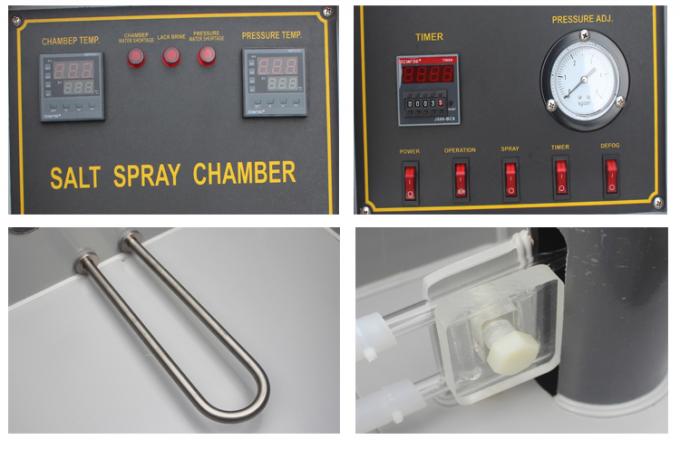- Qinsun Instruments Co., Ltd.
- Tell:+86-21-6780 0179
- Phone:+86-17740808215
- Address:No. 2578 Minhang District Gu Dai Road, Shanghai
- Contact:Mr. Li
- QQ:846490659
Selection Guide for Power Measurement Instruments

Selection guide for power measurement instruments:
1. Degree
Generally speaking, degree is related to two aspects: range and reading. The range part has a fixed error, while the reading part varies with the size of the reading. Therefore, it is necessary to ensure that the resolution and accuracy of the power meter meet the testing requirements.
The degree of digital converter is much higher than that of analog converter, because digital converter only has A/D conversion error, while analog converter has the sum of RMS conversion, Watt conversion, PF conversion, A/D conversion and other errors.
2. Peak coefficient of current
Generally speaking, the vast majority of load currents are distorted and pulse like waveforms, so it is necessary to choose an appropriate current range to prevent the current peak from exceeding the range and not obtaining accurate measurement results.
If a digital converter is used, its design can have the function of automatic peak detection and gear shifting, which can avoid the above errors.
The so-called peak coefficient refers to the peak ÷ RMS value. Taking a sine wave as an example, the peak coefficient is 1.414 ÷ 1=14.414. The range of the peak coefficient of the load current in general electronic devices is about 2.0? Between 3.0.
3. Effective measurement range
The effective measurement range refers to the effective measurement range of input voltage and current within the specifications indicated on the power meter. Generally speaking, the effective measurement range of analog converters is 10% to 100%, while digital converters can reach 1% to 100%. This is particularly important for environmentally friendly products with a wide dynamic range and low energy consumption, because once they are not within the effective range, their error increases sharply, affecting the quality and accuracy of the measurement.
4. Calibration cycle
Any measuring instrument must be regularly inspected to ensure quality, and the calibration cycle of power meters varies depending on different working principles. Due to factors such as component aging, drift, and temperature, the analog converter is only affected by 3? Verification is required within 6 months, while the verification cycle for digital converters can reach one year.





